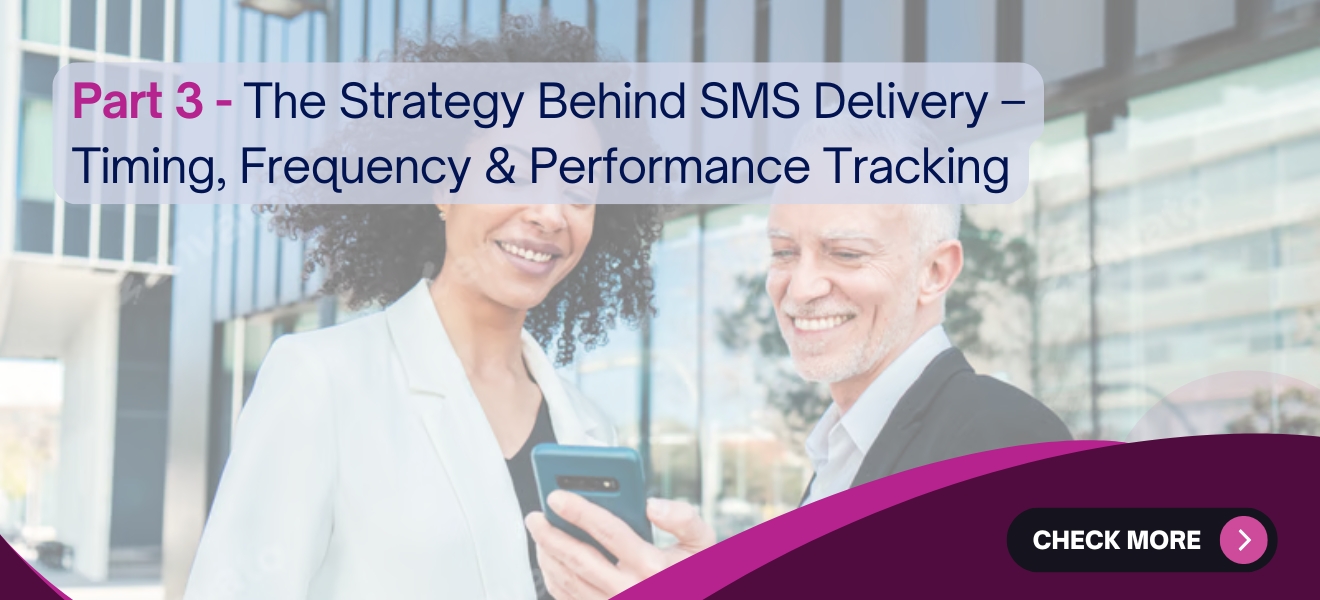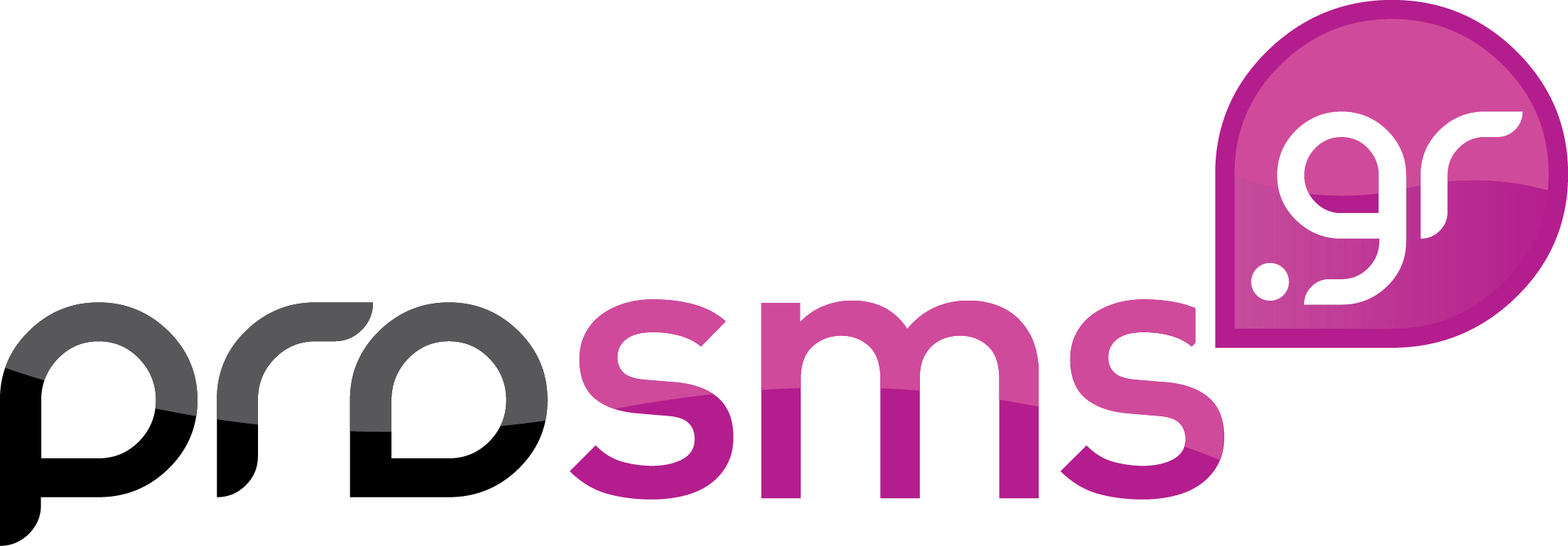
In the previous parts of our series, we explored how to craft SMS messages that are engaging and effective. Now it’s time to focus on another crucial element: when to send your messages, how often to send them, and how to measure their impact.
Because no matter how well-written an SMS is, if it’s sent at the wrong time—or if you overwhelm your audience with too many messages—the results may backfire. In this final part of the series, we’ll uncover the strategy behind every successful SMS campaign.
When is the right time to send an SMS?
The right message at the right moment can work wonders. The same message sent at the wrong time can go unnoticed—or worse, annoy the recipient.
Research and practice suggest the following timeframes:
-
Morning hours (10:00–12:00): Best for reminders and day-specific updates. Be careful though—8 a.m. is too early unless the information is urgent.
-
Midday (12:00–14:00): Ideal for promotions, delivery services, and e-commerce campaigns.
-
Afternoon/early evening (17:30–20:30): A strong window for promotional messages and post-work shopping activity.
On the other hand, sending messages too early in the morning or late at night risks irritating recipients and eroding their trust.
How often should you reach out?
Frequency is a delicate balance. On one hand, you want to stay visible and relevant; on the other, you don’t want to overwhelm your audience.
Best practices suggest:
-
1–2 SMS per week is generally a safe, balanced approach.
-
3–4 SMS per month ensures consistent visibility without being intrusive.
-
During special periods (Black Friday, sales, holidays), you can temporarily increase frequency—always in moderation.
If you don’t have something valuable to share, it’s better to stay quiet. Your audience will appreciate the restraint.
How to measure the success of an SMS campaign?
As with any marketing activity, what isn’t measured cannot be improved. These are the key metrics worth tracking:
-
Delivery Rate: How many recipients actually received the message?
-
Click-Through Rate (CTR): How many clicked the link included in your SMS?
-
Conversion Rate: How many completed the desired action (purchase, booking, sign-up, etc.)?
-
Unsubscribes: How many chose to opt out? If this number is rising, it’s a red flag.
Pro tip: Don’t forget about A/B testing! Try different send times, message texts, offers, or calls-to-action to see what resonates best with your audience.
Conclusion
Creating impactful SMS campaigns isn’t just about writing compelling content—it’s also about timing, frequency, and measurement.
When you combine the right message with the right timing and rhythm, SMS becomes a powerful tool for your business.
Remember:
-
Timing affects whether your message gets read—or whether it annoys recipients to the point of unsubscribing.
-
Frequency determines whether your audience listens—or tunes you out.
-
Measurement provides the insights you need to keep improving.
Above all, never forget: the most successful campaigns are the ones that respect their audience.
